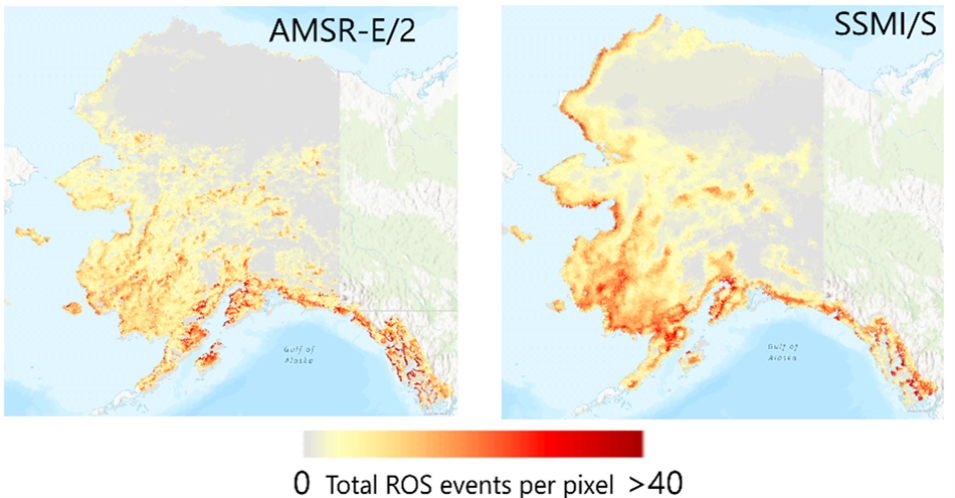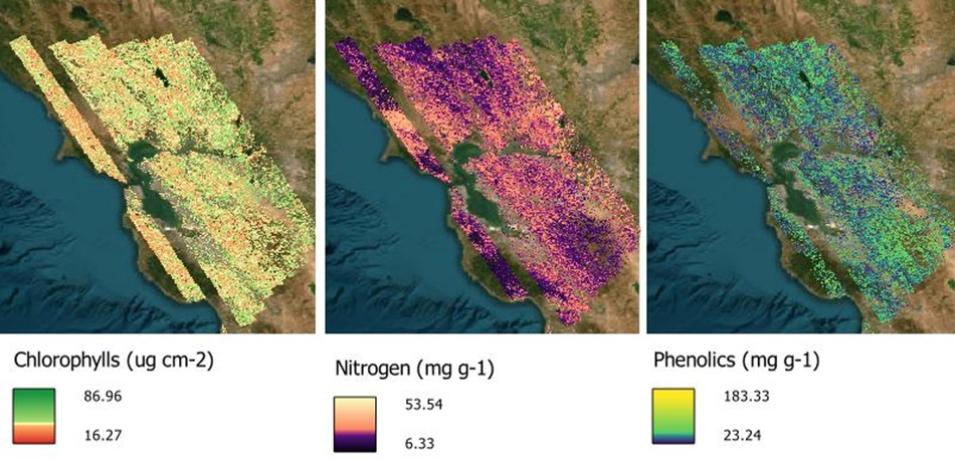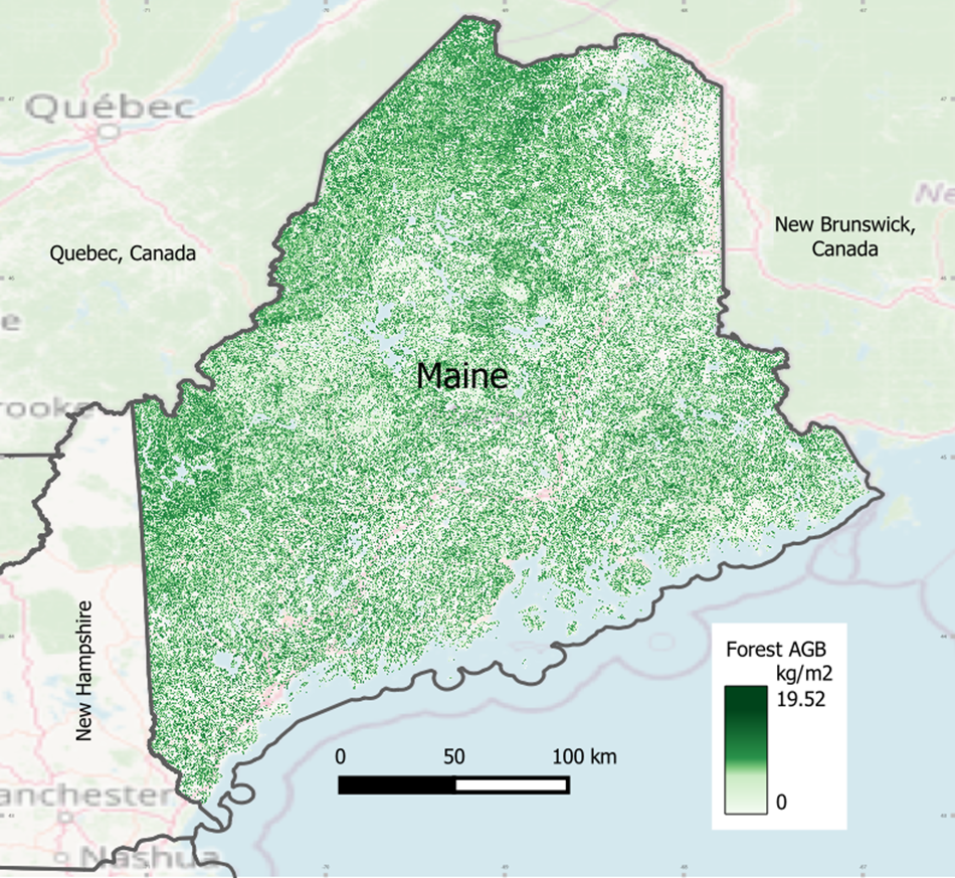Atmospheric Science Data Center (ASDC)
WNA-BackTraj FLEXPART Dispersion Model Data Released
NASA's ASDC released data for the Western North America (WNA) Back Trajectory (BackTraj) FLEXible PARTicle (FLEXPART) dispersion model. Backward simulations of airmass transport using a Lagrangian Particle Dispersion Model framework can establish source-receptor relationships, supporting analysis of source contributions from various geospatial regions and atmospheric layers to downwind observations. For each receptor, the FLEXPART dispersion model was used to achieve 15-day backwards source-receptor relationships calculations, proving global simulations at high temporal (hourly) and spatial (1 degree x 1 degree) resolution, from the surface up to 20 kilometers above ground level.
This product retains detailed information for each receptor, including the gridded ozone value product, allowing users to illustrate and identify source contributions to various subsets of ozone observations in the troposphere above WNA over nearly three decades at different vertical layers and temporal scales, such as diurnal, daily, seasonal, intra-annual, and decadal.
Access WNA-BackTraj FLEXPART Dispersion Model data and more information.
Global Hydrometeorology Resource Center Distributed Active Archive Center (GHRC DAAC)
TRMM Brazil ER-2 DOPPLER RADAR (EDOP) Version 1 Dataset Released
NASA's GHRC DAAC released the TRMM Brazil ER-2 Doppler Radar (EDOP) Version 1 dataset. The Tropical Rainfall Measuring Mission-Large-Scale Biosphere-Atmosphere Experiment in Amazonia (TRMM-LBA) was a field campaign designed to collect data for validation of TRMM satellite measurements and numerical cloud models. The TRMM-LBA experiment was conducted in the southwestern part of the Amazon from November 1, 1998, to February 28, 1999, and provided detailed observations of precipitating systems from surface and aircraft instrumentation.
EDOP flew aboard the NASA ER-2 aircraft during several field campaigns that took place between 1993 through 2007. These Level 1B EDOP data are organized into multiple files per flight, with each file covering several minutes of observations. Additionally, the files are divided between the forward and nadir pointing observations and are available in netCDF-4 format.




